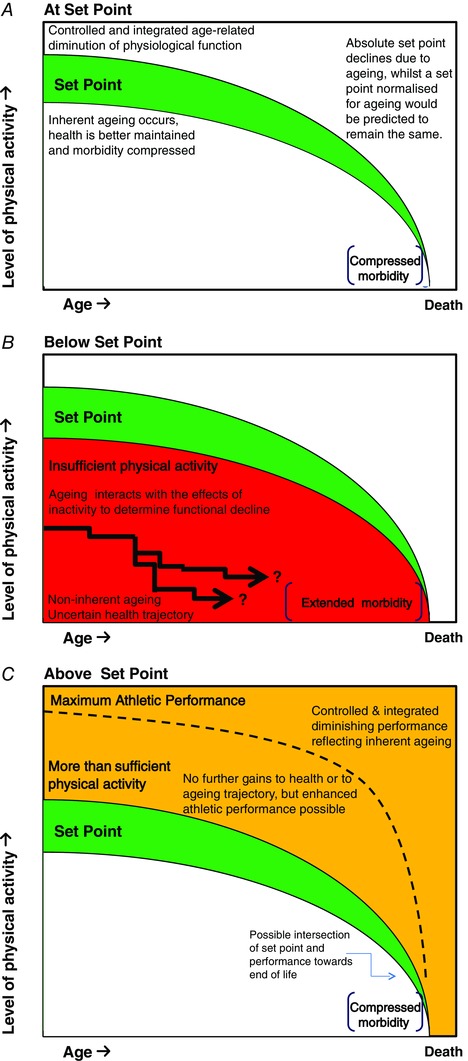Figure 2. The set point theory of healthy human ageing.

A, at the set point, physical activity/exercise is sufficient to counteract the effects of inactivity and health is optimised. The decrement in physiological function that occurs through the decades is governed by the inherent ageing process. Because the decrement in physiology generated by the inherent ageing process is co‐ordinated and integrated, the amount of physical activity necessary to counter inactivity also concomitantly decreases. Health is still maintained, but at a lower physical activity level. This intertwined relationship between health and the amount of physical activity necessary to counter inactivity applies throughout the ‘healthspan’ and morbidity is compressed. The green shaded area depicts the heterogeneity of set points that could be expected in the general population. B, below the set point the negative and unpredictable effects of inactivity on physiological systems may not be perceived in the early ages, but as age progresses the added decremental effect of the inherent ageing process on an increasingly compromised physiology will result in one or more systems showing clinical disease with extended morbidity. C, individuals who engage in exercise above the set point level will also have countered the effects of inactivity and be inherently ageing. Master athletes will represent a group that are probably exercising at levels of exercise that are maximal. When engaged in competitive events the traditional performance curve will be produced. The decrement in the performance curve as age advances is due to the inherent ageing process. Analogous to the influence of the inherent ageing process at set point, the ageing process reduces performance mechanisms that are both co‐ordinated and integrated to deliver maximum performance for a given age. In later life, where the decline in performance accelerates, the levels of exercise needed to preserve maximum performance may now be approaching the set point level for that age. Individuals exercising below maximal levels, but above the set point are hypothesised to generate performance curves of a similar shape, but at lower absolute performance levels and dependent on the degree of exercise training.
